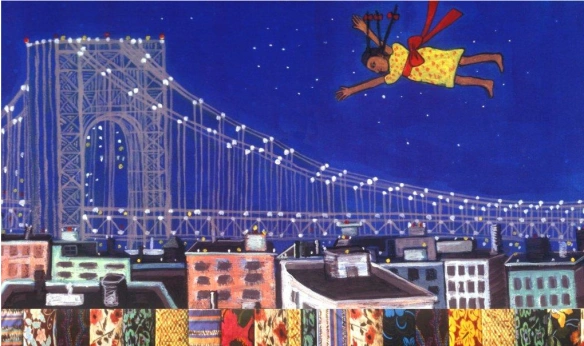?si=N6JQU7bXNRhsFgOq
Though it enjoys a particular popularity here in the twenty-first century, the rigorously equanimous Stoic worldview comes to us through the work of three figures from antiquity: Epictetus, Seneca, and Marcus Aurelius. Epictetus was born and raised a slave. Seneca, the son of rhetorician Seneca the Elder, became an advisor to Nero (a position that ultimately forced him to take his own life). Marcus Aurelius, the most exalted of the three, actually did the top job himself, ruling the Roman Empire from 161 to 180 AD. He also left behind a text, the Meditations, that stands alongside Epictetus’ Enchiridion and Seneca’s many essays and letters as a pillar of the canon of Stoicism.
It is from the Meditations that this series of six videos from Youtube channel Einzelgänger draws its wisdom. Each of them introduces different aspects of Marcus Aurelius’ interpretation of Stoicism and applies them to our everyday life here in modernity, presenting strategies for staying calm, not feeling harm, accepting what comes our way, and not being troubled by the actions of others.
Though the importance of these aims can be illustrated any number of ways, their achievement depends on accepting the notion central to all Stoic thought: “the dichotomy of control,” which dictates that “some things are in our control and others aren’t.” When life hurts, “it often means that we care about things we have no control over, and by doing so, we let them control us.”
All the Stoics understood this, but for Marcus Aurelius, “being unperturbed by things outside of his control allowed him to cope with the many responsibilities and challenges he faced as an emperor, and to focus on the task he believed he was given by the gods.” He knew that “it’s not the outside world and the events that take place in it, our bodies included, that hurt us, but our thoughts, memories, and fantasies regarding them.” To indulge those fantasies means to live in perpetual conflict with reality, and thus in perpetual, and futile, grievance against it. The stronger our judgments about what happens, “the more vulnerable we become to the whims of Fortuna, the unpredictable goddess of luck, chance, and fate,” forces that eventually get the better of us all — even if we happen to have the world’s mightiest empire at our command.
Related content:
How to Be a Stoic in Your Everyday Life: Philosophy Professor Massimo Pigliucci Explains
Three Huge Volumes of Stoic Writings by Seneca Now Free Online, Thanks to Tim Ferriss
350 Animated Videos That Will Teach You Philosophy, from Ancient to Post-Modern
Based in Seoul, Colin Marshall writes and broadcasts on cities, language, and culture. His projects include the Substack newsletter Books on Cities, the book The Stateless City: a Walk through 21st-Century Los Angeles and the video series The City in Cinema. Follow him on Twitter at @colinmarshall or on Facebook.











